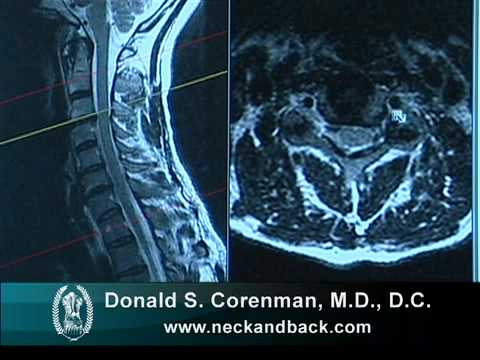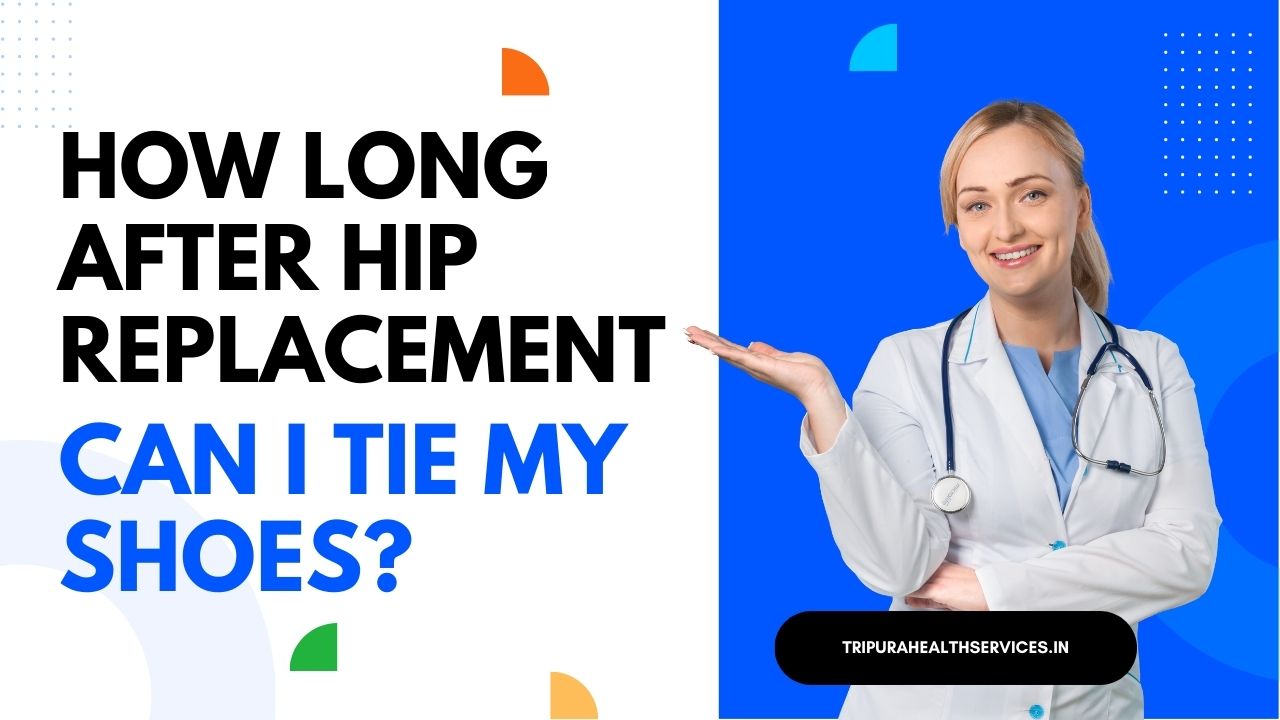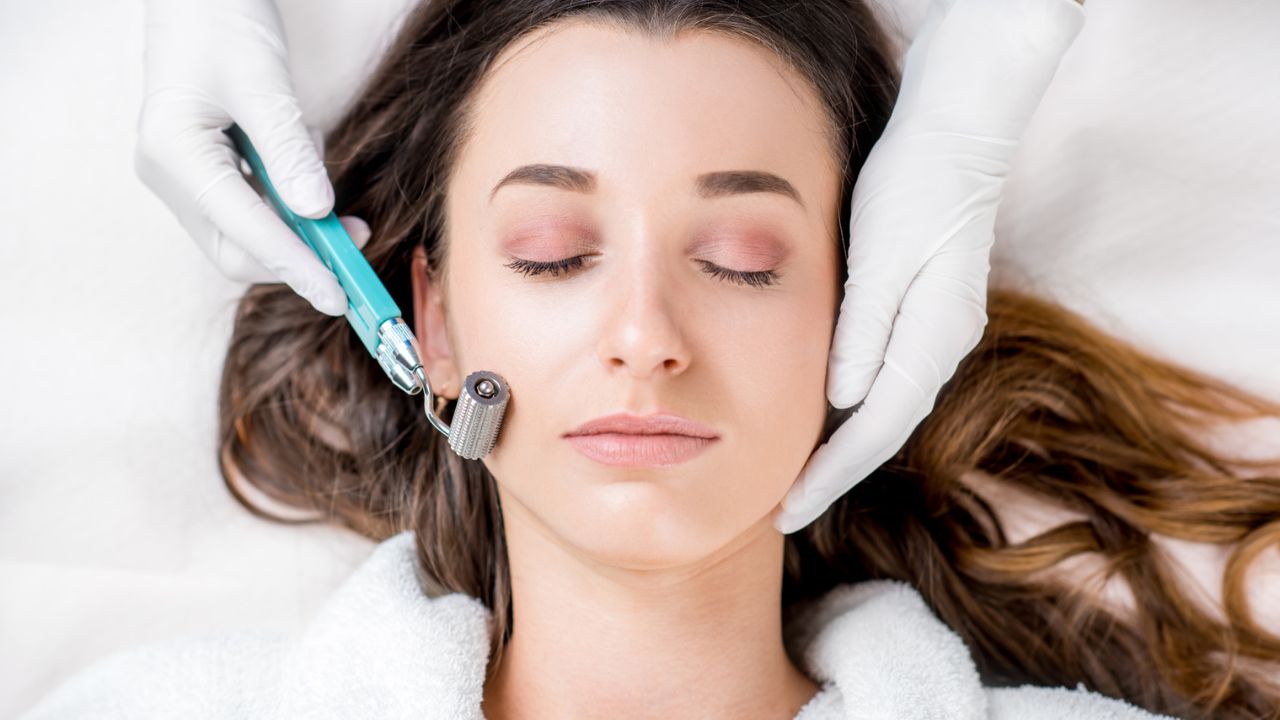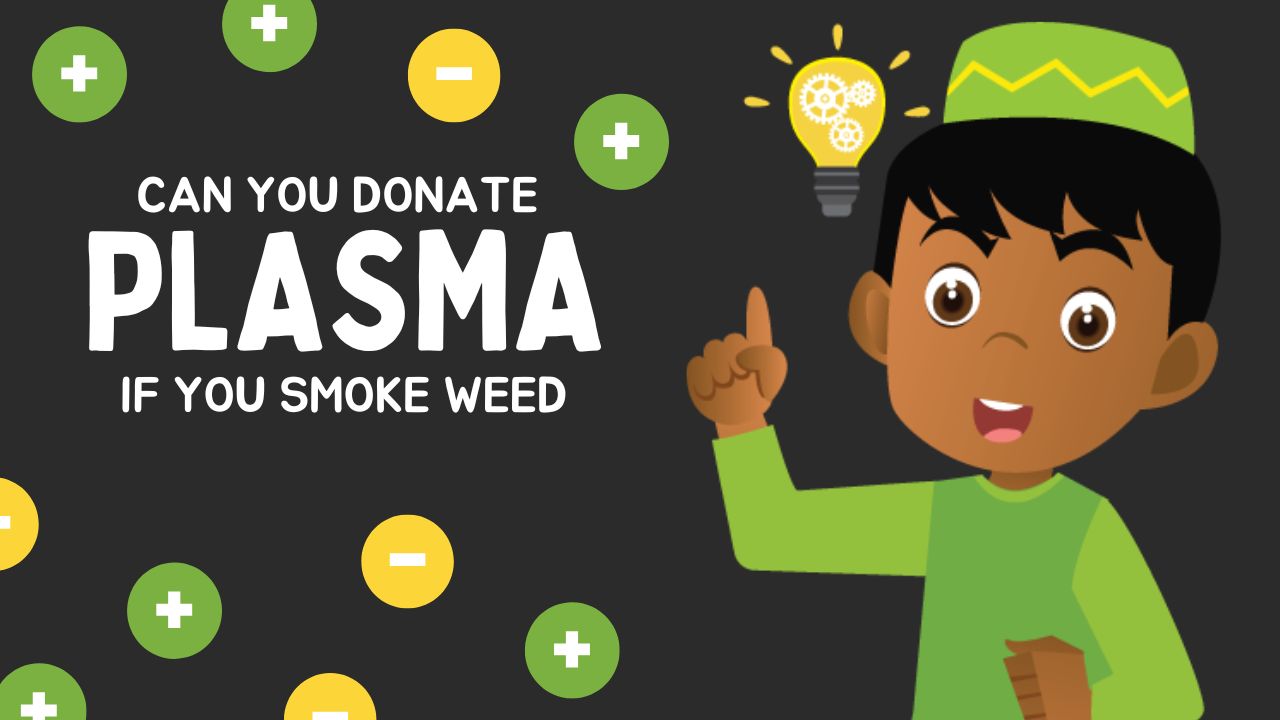Can earbuds be used as hearing aids?
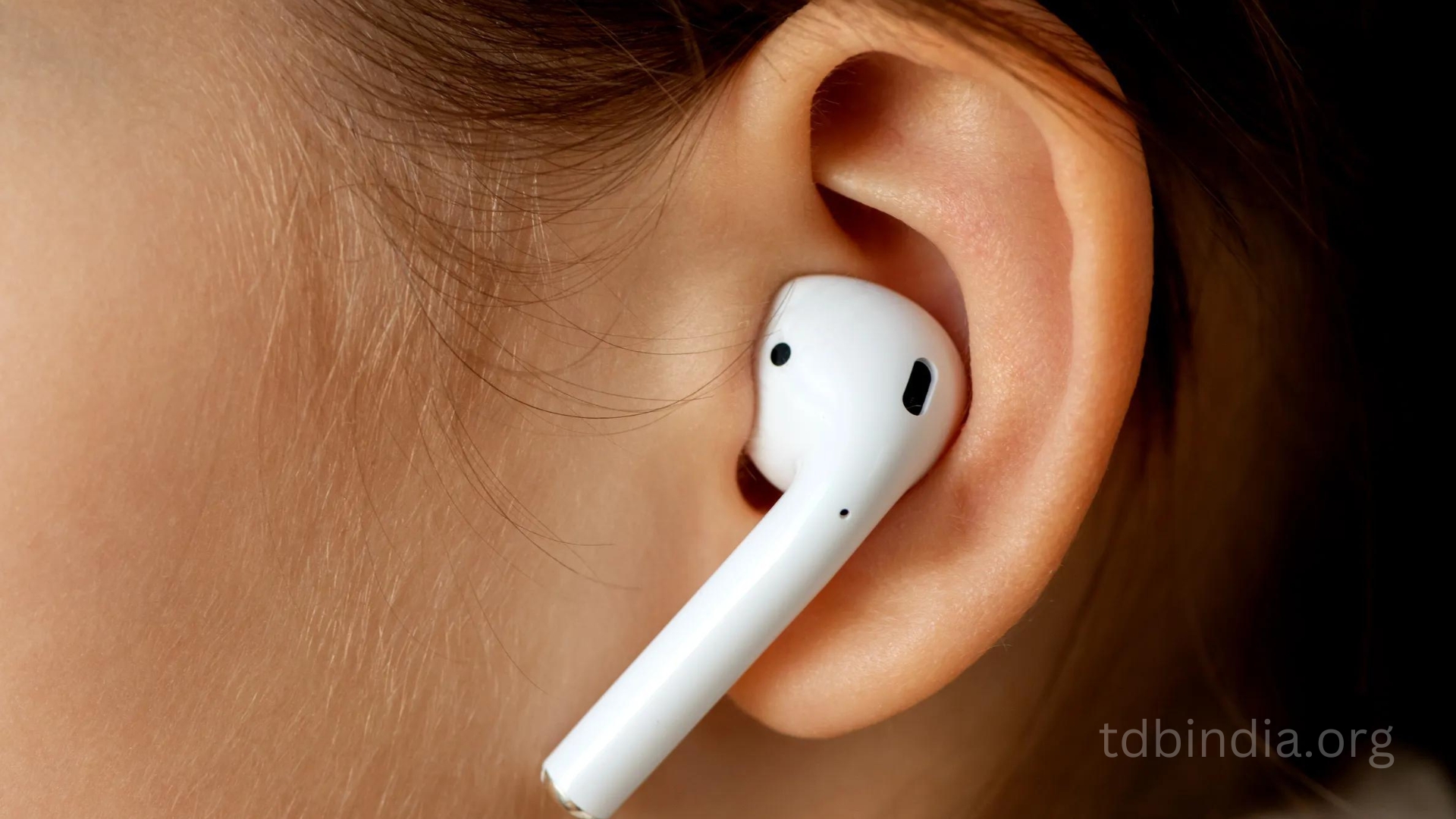
Researchers in Taiwan have found that earbuds, specifically Apple AirPods, could potentially bridge the gap between persons with hearing difficulties and their first step to seeking hearing assistance. Nevertheless, one should not look to them as a solution for the long term.
Hearing loss is a significant problem on a global scale. Hearing impairment affects approximately 430 million people or approximately five percent of the world’s population. This burden will only become more significant as populations continue to age.
The most effective treatment is the use of a straightforward hearing aid. It is an essential helpmate to ensure continued social contact and quality of life. Simple, but not always an economical option.
For a device of reasonable quality, they have a price tag of approximately one thousand dollars (or 850 pounds) per ear, which is not an insignificant amount, especially in these times of austerity. Nevertheless, they are provided at no cost by the NHS in the United Kingdom.
The primary purpose of a hearing aid is to improve the wearer’s ability to hear by amplifying sound in a manner that is customized to the wearer’s specific degree of hearing loss.
A hearing aid can only be sold legally by a clinician who is registered with the appropriate authorities. However, this legal restriction is circumvented by a recently developed category of products known as personal sound amplification products (PSAPs).

Constructing a PSAP is not an overly challenging task. The majority of us already have the fundamental elements with us in the form of a smartphone that we carry around in our pockets. The “only” things that you require are a microphone, some form of computer processing, and either a loudspeaker or an earpiece.
Processing in the form of apps has been made available for a considerable amount of time. The ability to independently adjust the treble and bass levels on your smartphone functions in a manner very similar to that of a PSAP, albeit in its most basic form.
Taking this further, a new paper from researchers in Taiwan reports on the possible use of earbuds as PSAPs, specifically, Apple AirPods, incorporating the Apple “Live Listen” function. Live Listen is a feature that makes it possible for the microphone on an iPhone to amplify sound and wirelessly transmit it to AirPods.
Some of these models, when evaluated using technical criteria, are capable of meeting some of the required performance standards for PSAPs. In the study, participants with hearing loss were tested on their ability to repeat back speech that was either presented in quiet or in noise.
The researchers reported similar improvements in performance to those available from either a premium or a basic hearing aid when compared with unaided hearing.
Does this imply that all of the hard work that has been put into the research and development of hearing aids over the past century has been for naught? To be honest, no.
The loss in the cellular mechanisms of the cochlea, the tiny snail-shaped organ that sits at the end of the ear canal, is the most common type of hearing loss that cannot be fixed with surgery. The cochlea is located at the end of the ear canal. The loss of this hearing is not analogous to plugging your ears.
A person loses the sensitivity to soft sounds, but loud sounds often appear just as loud as to a person with unimpaired hearing.
The solution is automatic volume control, which will amplify sounds that are too soft and decrease the volume of sounds that are too loud. This automatic control can be performed in a smartphone app so that the user always has a comfortable listening experience.
As a result of the fact that hearing loss is also related to the frequency of the sounds being heard, the behavior of the automatic volume controls must change with frequency.
A modern hearing aid performs multiple channels of automatic volume control but has a host of other features operating at the same time. For instance, lowering the volume of distracting noises, putting a stop to squealing, and using “directional microphones” to zero in on the desired sound source are all good examples.
The ability of any hearing aid to be worn comfortably over an extended period of time is directly influenced by each of these features. This most recent study does not go into great detail regarding the other types of processing that were carried out in the AirPods besides controlling the volume.
Not a lasting solution
If this is the case, why do hearing aids cost more than PSAPs? When evaluating a patient’s hearing loss, an audiologist will also attempt to determine the reasons for the loss, which can include various factors in addition to the normal alterations that come with advancing age.
There are some of these causes that can be quite severe and call for treatment. This essential human expertise comes at a cost, which must be covered.
Hearing loss that is either treated inadequately or not treated at all can also have serious consequences. Uncorrected losses of our senses are associated with longer-term declines in mental abilities, with an increased risk of dementia.
These declines are only recognizable after a period of many years, or even decades, and they are associated with enormous costs, costs that will need to be covered by families as well as healthcare systems.
PSAPs “could potentially bridge the gap between persons with hearing difficulties and their first step to seeking hearing assistance,” according to the researchers who conducted the new study. However, it would be a mistake to look at them as a solution to your problem in the long run. Explained Can earbuds be used as hearing aids?
- Your Ultimate Guide to Travel Insurance for Adventure Sports
- A Guide to Renters Insurance for Pet Owners: Pet-Proof Your Policy
- Safeguard Your Future: Understanding Identity Theft Insurance
- Safeguard Your Event: Understanding Event Cancellation Insurance
- Everything You Need to Know About Critical Illness Insurance Riders
- Home Equity Loans vs. HELOCs: Which is Right for You?
